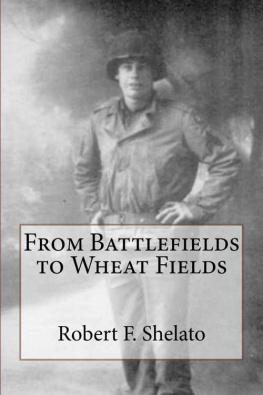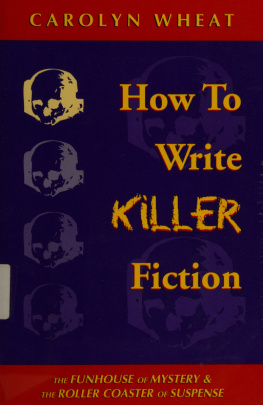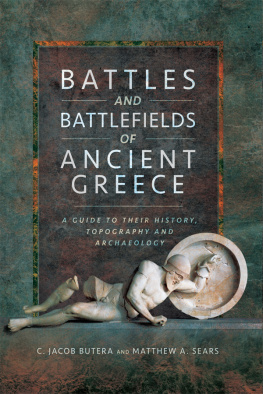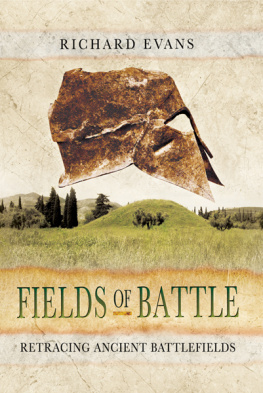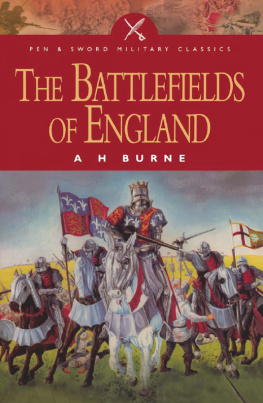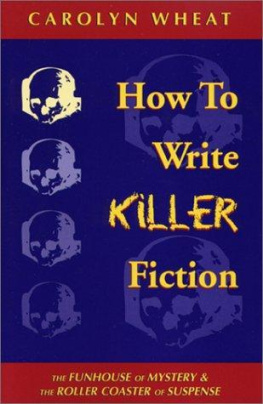From Battlefields to Wheat Fields
From Battlefields
To
Wheat Fields
From Battlefields
To
Wheat Fields
A Story Based
On The Experiences Of A WWII Veteran Returning Home After The War
By Robert F. Shelato
361 River Road East, Morristown, NY 13664
PROLOGUE
This authors first book, From Wheat Fields to Battlefields, was originally printed in 1991 and recently rereleased available on Amazon in print and Kindle. The first half illustrates the hardship of being raised during the depression years and the second half the drama and excitement of World War II.
The second book, From Battlefields to Wheat Fields, picks up where the first book ends and explains how this soldier returned home, eventually established a new life, after serving in the Army and fighting through the Battle of the Bulge and to the wars end.
INTRODUCTION
If you enjoyed reading the authors first book, From Wheat Fields to Battlefields, you will find, From Battlefields to Wheat Fields, also stimulating, and full of fun reading. The authors story begins where the first book ends.
After fighting through the Battle of the Bulge, receiving the Silver Star and Frances highest military honor; the author shares with the reader his winning philosophy that spans many years of roller coaster happenings.
Building on the foundation of a first business venture he turns failure into success and is hired by a fortune 500 company; eventually breaking several sales records.
Eighteen years later the author establishes a new mail order business, later selling it to a larger company and retires.
Interesting experiences continue to pile up as the author enjoys many years of retirement travel.
ACKNOWLEDGEMENTS
Like many projects and goals in life, this book has had many fingerprints on it from all the contributors along the way and I cant thank everyone enough for stepping up. A special thank you goes out to Lauren Grego and Joan Luetzow for their tireless hours poring over the manuscript line by line. Thank you Lauren & Joan for sharing your gifts to help organize Roberts amazing stories. Thank you Jennifer Lindsey for providing edits and insight for the postscript. Thank you Shelato family for helping with genealogy updates. Thank you Duane Shelato, Dean Shelato, & Mary Ann Evans for the great photos. Thank you again Duane Shelato for your detailed review of the first proof fixing all those typos and for the photo fact finding. Finally, I would be amiss if I didnt say a big thank you to Robert F. Shelato. Grandpa Shelato, thank you for serving our country as part of The Greatest Generation and thank you for the privilege youve given me of being involved in the assembly of this book.
Jeff Carvalho
Table of Contents
From Battlefields
To
Wheat Fields
Home from the War
CHAPTER ONE
Home from the War
M illions of soldiers before me have experienced the sensation of coming home at the end of a war, trying to adjust and fitting back into society, carrying on as if those service years never happened.
I suppose my experience was no different than those other millions but I found picking up where one left off was not all that easy, especially after experiencing two and a half years of jam packed events that had kept my life constantly balanced on a razor sharp edge.
Returning to my small home town of Cayuga, population one thousand, located in the corn fields of Indiana, was like coming upon a familiar crossroad in a fast moving automobile while day dreaming and momentarily not knowing which way to go.
No doubt some of the confusion was caused by the Armys regimented life where each soldier is told what, when and where for most daily activities.
Part of the cultural shock of coming home included clothing worn by civilians. Styles had changed after I went off to war. So I made a special trip to Indianapolis and was fitted there by a tailor for a couple of custom made suites. I believe the name of the suites were Zoot Suits", having small cuff openings, so tiny I had to remove my shoes to slip on my trousers. I do not remember what happened to the suites, I only know I never wore them.
With mustering out pay and twenty dollars a week for fifty two weeks guaranteed by the Government to help G.I.s get settled into a job, I was in no hurry to seek employment but after a month or two of doing nothing I was ready and anxious to venture forth into a working career.
My father suggested I apply for a job as an electricians apprentice at the union office in Danville, Illinois, twenty miles from our home. So I went there and filed an application and a few days later were accepted. I became the fourth electrician in our family.
Previously, my father, Brother Bill and brother in law, George Ernst, were working out of the same Union Local; Brother Max later arrived back from the Navy and became the fifth electrician in the family.
I do not recall the wage scale of a union electrician during the middle 1940s, only that we thought it was huge compared to wages experienced during the great depression and my army pay, which I remember was ninety six dollars a month.
My first day on the job was interesting. My father told me to report at the union hall for work instructions. When I arrived there I was given an assignment, a job at a new General Electric plant being built across town in Danville.
Later, arriving at the site, I was surprised by the magnitude of the project. It was like nothing I had seen before, a huge partially constructed building consisting of a concrete floor enclosed with walls and roof but no machines. While wandering around I met a worker who directed me to the shop stewards office located at the other end of the factory. On my journey there I encountered the first problem of my new career, a burned out light bulb hanging from a wire attached to an overhead steel beam. A great opportunity, I thought. Here is something requiring immediate attention and fixing the problem by changing the bulb is a great way to begin my new job.
Within a few minutes I located a stepladder, positioned it under the bulb and was changing it when I felt a tug on my pants cuff. From down below a man motioned me down from the ladder and asked if I was the new man sent over from the union office to serve as an apprentice. I had just met my new shop steward. He informed me that what I was attempting to do was not an apprentice job but rather a journeymans duty.
I put the bulb back in the socket and sometime later a journeyman fixed the problem. I was beginning to see the union was not much different than the army concerning regulations.
I was still twenty years of age and full of vim and vigor, ready to further my career and master new responsibilities as quickly as possible.
It has been said that one person alone can move the earth if only he has the right length pole creating the proper amount of leverage. I may not have had the right length pole but I was surely searching for it. Much of this enthusiasm would be dampened days later following my employment.
Each trade or craft working on the construction site had a fenced enclosure called a crib along the outer wall of the building for storing tools, and inside each enclosure was a tool keeper, a dispenser of tools.
Workers crossing the large open factory floor area in search of tools created a constant flow of foot traffic. Overnight, a large rectangular walled area appeared in the center of the floor belonging to the carpenters union. The new tool crib area that once had been located along the outer wall had been moved overnight and was instantly branded an obstacle by other crafts. It created a problem by placing an undue burden on cross traffic according to those workers refusing to detour around the barrier although there was about a half-acre of space around the crib.
Next page
